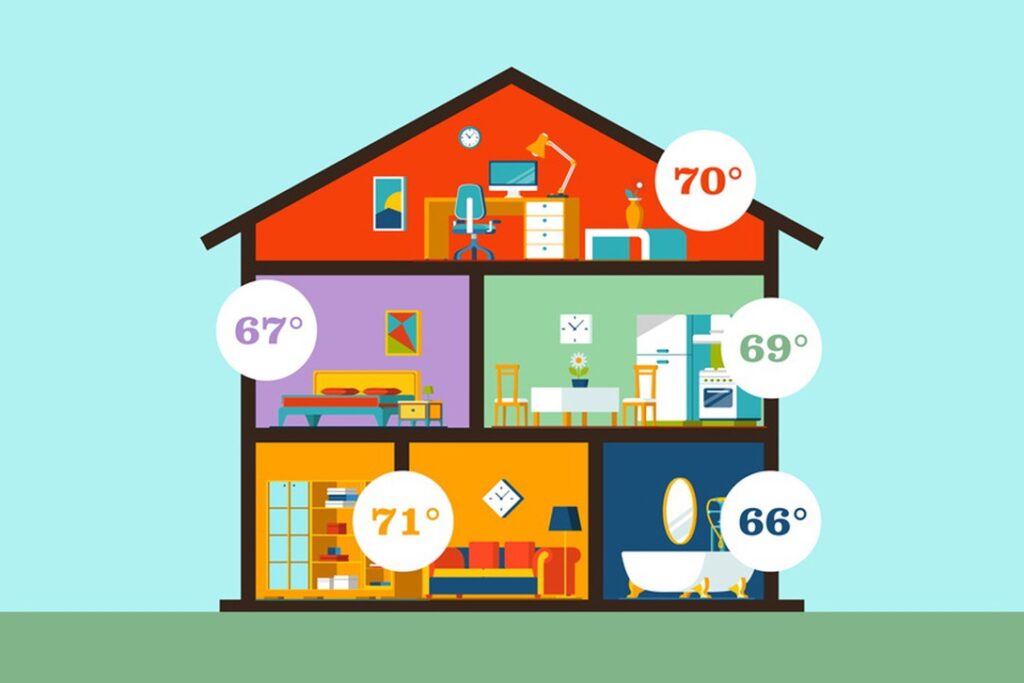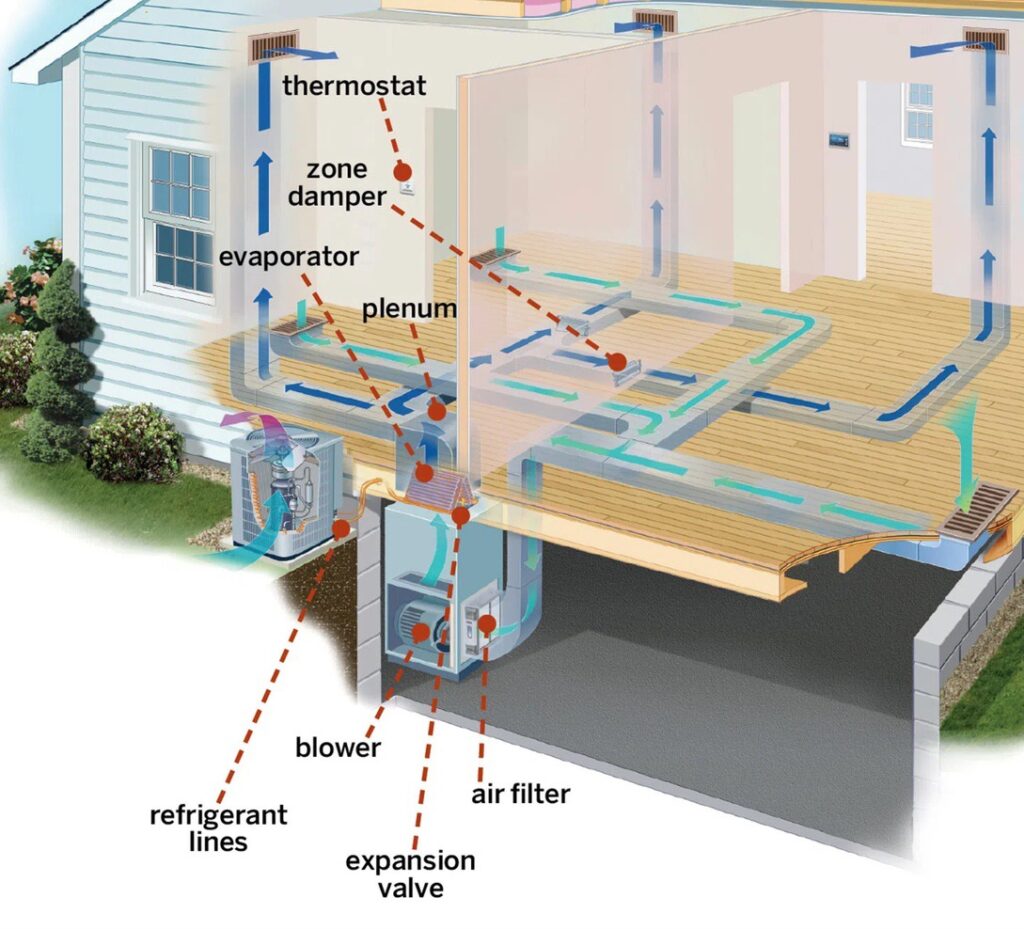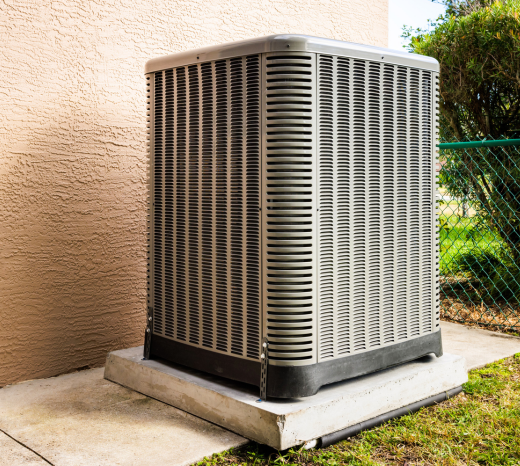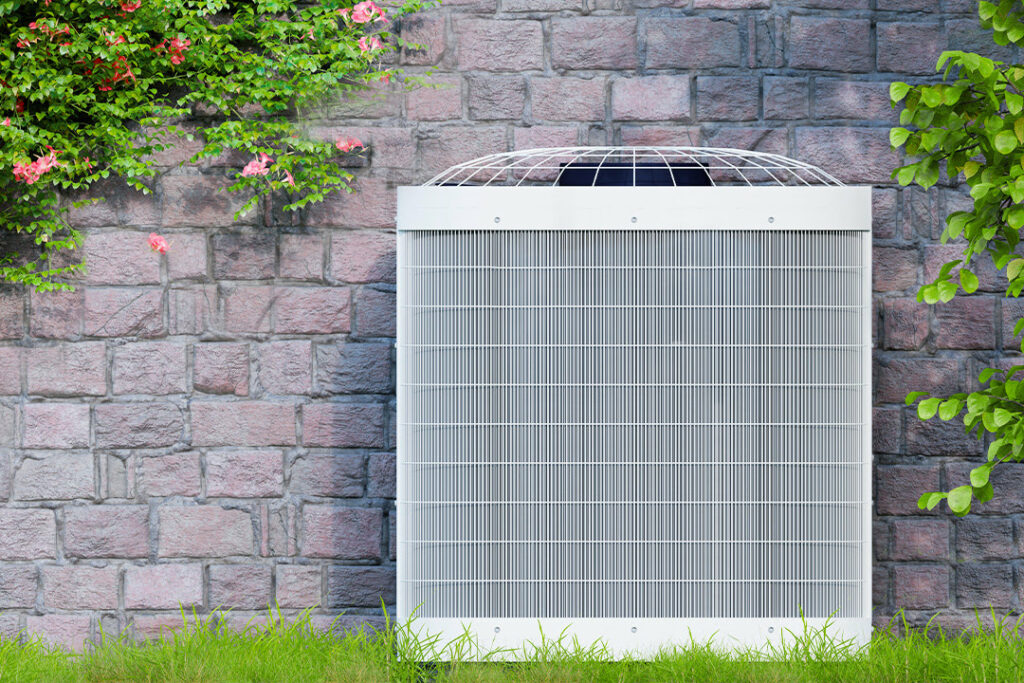Air Conditioning in Waterloo and Listowel, Furnace Installations, Home Comfort, HVAC
Breaking your home up into several distinct heating and cooling zones lets you heat or cool specific areas without changing the temperature throughou...

Breaking your home up into several distinct heating and cooling zones lets you heat or cool specific areas without changing the temperature throughout the entire building. This can do more than accommodate occupants with different comfort preferences—it can also make your entire HVAC system more efficient and lower your monthly energy bills. But what’s the best way to add zones to your home? Should you partition your ductwork or use ductless mini-split air conditioners to get the control you want?
Don’t worry—our team of experienced technicians at Cross Heating & Air Conditioning has done this before and we’re here to answer your questions about the process. Read on to learn all you ever wanted to know about zone control for your HVAC system.

How to Set Up Heating & Cooling Zones in Your Home
There are two main ways to set up your HVAC system to have different heating and cooling zones: partitioning your ductwork or using ductless mini-split systems. Here’s a quick breakdown of how each method works:
Partitioning Your Ductwork
This method involves installing dampers at strategic points along the ducts in your home, which splits the network into several distinct areas. Installing one thermostat for each of these areas in the corresponding part of your home makes it possible to adjust the temperature in a given part of the building without affecting the climate in the others.

As you can see above, your entire HVAC system doesn’t need an overhaul to add zone control—all the essential components of the AC pictured here are exactly the same as usual. The dampers simply prevent the treated air from being circulated throughout the whole home, meaning the system doesn’t have to work as hard to lower the temperature in the area you’re trying to cool. The same concept applies to creating heating zones for central furnace systems.
Ductless Mini-Split Systems
This method of zone control only works for cooling, but it can be the most practical approach for homes without existing ductwork. Ductless mini-split systems are standalone air conditioners that are controlled individually, allowing you to cool the rooms where they’re installed without affecting the temperature in the rest of your house.

Think of this method as the cooling equivalent of using space heaters to warm specific rooms. Using ductless mini-split systems to establish different cooling zones can also be preferable in situations where you only want to create cooling zones in a few specific rooms, making it impractical to split up your home’s entire network of ducts.
Best Practices for Cost-Effective Zone Control
Here’s a list of things you can do to make adding heating and cooling zones to your home easier and more affordable:
- Consider your home’s needs and choose the appropriate system. If you have existing ductwork and want the ability to heat or cool entire wings of your home independently, partitioning your ductwork is the way to go. If your home lacks sufficient ductwork or you only need to adjust the temperature in a few rooms, try buying ductless- mini-split systems and using a space heater or two to supplement your furnace.
- Install smart thermostats. Manually adjusting one thermostat can be time-consuming enough, but when your home has different thermostats controlling different areas, it can be easy to lose track. Smart thermostats can be programmed to adjust the temperature in different climate zones on a regular schedule, making your HVAC system more efficient and convenient.
- Avoid blocking vents. Using your zone controls is a much more efficient practice than trying to adjust the climate in a given room by closing the vents. This won’t lower the amount of energy your HVAC system uses—if anything, it will actually make the system work harder than necessary and cost you extra money in the long run.
- Clean or replace your filters on a regular basis. Adding zones doesn’t eliminate the need for regular HVAC maintenance. Make sure you’re checking the air filters in your furnace and air conditioner each month while the system is in use, and clean or replace them as needed.
Required Costs & Maintenance for Home Climate Zones
Upfront Costs
The average cost of partitioning your ductwork to create different heating and cooling zones varies depending on the following factors:
- The size of your home
- The amount and complexity of your ductwork
- How many different zones you want to create and the number of dampers required
Meanwhile, the costs of creating zones with ductless mini-split systems depends on:
- The amount of mini-split air conditioners you need
- The brand and quality of the mini-split air conditioners you choose to install
- Any factors in your home that could make the installation more complex (such as electrical issues)
In either case, you should expect to spend several thousand dollars to create multiple climate zones in your home. However, the savings these systems provide over time can be significant—up to 30% of your heating and cooling costs in some cases.
Maintaining Your System
Routine HVAC maintenance is critical for ensuring that you keep experiencing the energy savings zone control provides. We recommend annual tune-ups for both your furnace and air conditioner(s)—the former in fall (at the start of the heating season) and the latter in spring (before the cooling season begins).
Using Zone Control to Get More Comfort for Less
Splitting your home into different heating and cooling zones requires an upfront investment, but the results are worth it. After all, you’ll be using your HVAC system for as long as you live in your home—so the benefits of making your heating and cooling equipment more energy efficient will more than likely outweigh the initial costs.
To learn more about the best way to add heating or cooling zones to your home, contact Cross Heating & Air Conditioning. A member of our team will be happy to help you understand your options and provide detailed quotes for each.



